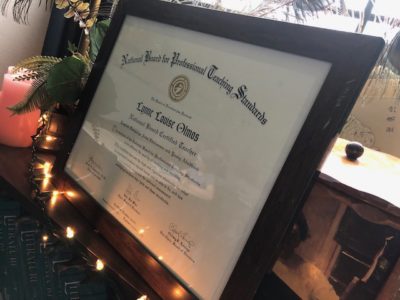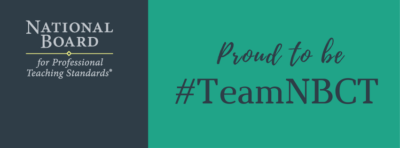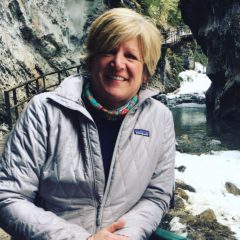This past Tuesday, I spoke at our local school board meeting in favor of a draft Board Policy taking a proactive stance on educational equity in our system. Over the last few months, I’ve been tangentially involved with reviewing and revising this proposed policy, and as it nears final approval, I wanted to be sure to voice my position about why we need an “equity policy.”
Early on in this work, I felt that the policy was rather controversy-free. It called out the need for our system to take proactive steps to ensure equitable outcomes for all learners, regardless of race, gender, socioeconomic status or disability. How could that raise controversy?
I learned something quickly, though: Talking equity for students with disabilities? No sweat. For kids in poverty? People are all-in. Gender? Hardly a ripple, despite the struggles many have accepting the reality that non-binary and transgender students exist.
Race? A much different story.
That we would propose a policy addressing racial equity was baffling to many people… staff and community members alike.

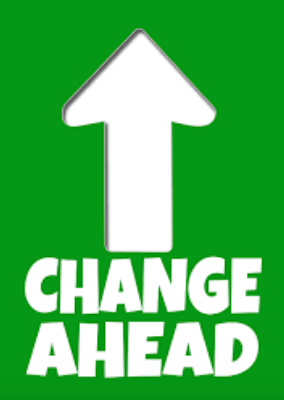 But, last year I became painfully aware of that my “usual” operations were not working for this particular grouping of students. I could tell their needs were not being fully met and frankly, I was getting burned out trying to span the range of abilities. I needed a change in my thinking surrounding teaching and learning. I began to explore other approaches to teaching and took what I found to my students. I knew that this level of massive change would be akin to fixing a plane while flying it. I needed everyone on board, to be…on board!
But, last year I became painfully aware of that my “usual” operations were not working for this particular grouping of students. I could tell their needs were not being fully met and frankly, I was getting burned out trying to span the range of abilities. I needed a change in my thinking surrounding teaching and learning. I began to explore other approaches to teaching and took what I found to my students. I knew that this level of massive change would be akin to fixing a plane while flying it. I needed everyone on board, to be…on board! “Mommy made me mash my M&M’s,” trills from the nervous troupe of twenty-five on the stage. Kindergarten to high school, these children are all warming up their voices for this summer’s presentation of “Alice in Wonderland” to be presented at our community theater. It is an all-children production; children will be acting, building sets, running lights and generally spending their summer months of June and July busily learning the art of theater. Wow! It is a whirlwind of creativity and intense focus!
“Mommy made me mash my M&M’s,” trills from the nervous troupe of twenty-five on the stage. Kindergarten to high school, these children are all warming up their voices for this summer’s presentation of “Alice in Wonderland” to be presented at our community theater. It is an all-children production; children will be acting, building sets, running lights and generally spending their summer months of June and July busily learning the art of theater. Wow! It is a whirlwind of creativity and intense focus!
 So what is this “bushel basket” all about? It’s from the New Testament. In the King James version Matthew 5:15 says, “Neither do men light a candle, and put it under a bushel, but on a candlestick; and it giveth light unto all that are in the house.” Now, historically, a bushel was a container for goods, such as grain, that became a unit of measure. So this is a bit weird in modern terms. But you get the idea. In this context, the light could be your faith, but it can also be your wisdom, your learning, your spark. Why hide a light?
So what is this “bushel basket” all about? It’s from the New Testament. In the King James version Matthew 5:15 says, “Neither do men light a candle, and put it under a bushel, but on a candlestick; and it giveth light unto all that are in the house.” Now, historically, a bushel was a container for goods, such as grain, that became a unit of measure. So this is a bit weird in modern terms. But you get the idea. In this context, the light could be your faith, but it can also be your wisdom, your learning, your spark. Why hide a light?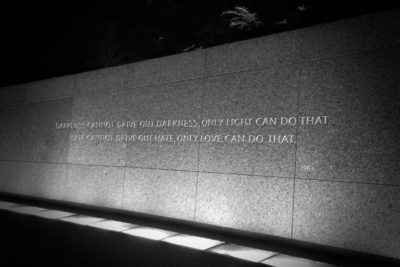 Now let me take this a step further. Where there is light, there is darkness. And let’s face it; there have been some dark moments in our schools recently. There are dark issues faced by our students and our colleagues. To fight the darkness, we need to rally behind the light. We teachers can do so much to help our students as they face the future, as they become the problem-solvers of tomorrow. As Dr. Martin Luther King, Jr., famously said, “Darkness cannot drive out darkness; only light can do that. Hate cannot drive out hate; only love can do that.”
Now let me take this a step further. Where there is light, there is darkness. And let’s face it; there have been some dark moments in our schools recently. There are dark issues faced by our students and our colleagues. To fight the darkness, we need to rally behind the light. We teachers can do so much to help our students as they face the future, as they become the problem-solvers of tomorrow. As Dr. Martin Luther King, Jr., famously said, “Darkness cannot drive out darkness; only light can do that. Hate cannot drive out hate; only love can do that.” 
